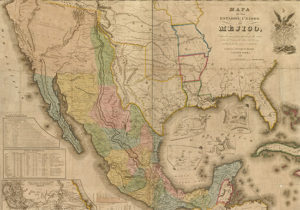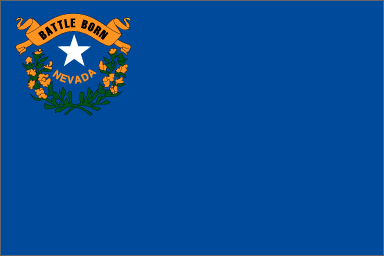
Map of Land Affected by the Treaty
Treaty of Guadalupe Hidalgo was signed in 1848, ending the war between Mexico and the United States. In return for fifteen million dollars from the United States, Mexico gave up the land that became California, Nevada, Utah, and parts of Arizona, Wyoming, Colorado, Kansas, Oklahoma, and New Mexico. Texas also became part of the United States.

